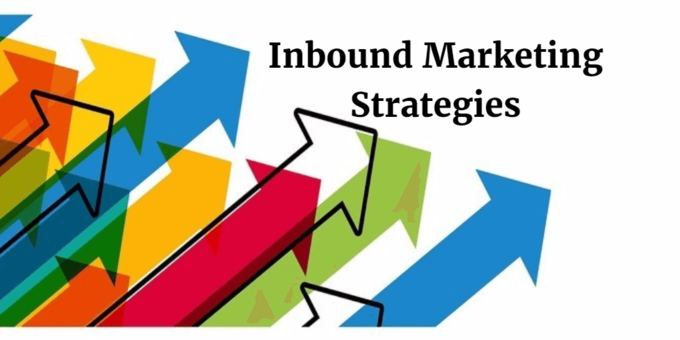Are you thinking of inbound marketing strategies for your business but you have got doubts about its relevance to your business or you need directions on how to get started; not to worry, this article will provide you with the necessary information backed with facts and figures that will convince you that Inbound marketing holds a lot of potential for your business.
So, say you’ve got a wonderful and attractive website which on a normal day should attract a lot of people but then only a few were getting across to you. Fine, people may be visiting but not a lot of them conduct business with you; sounds familiar right?
The problem is obvious- getting the remaining people visiting your website to conduct business with you.
Well, the answer could not be simpler than inbound marketing.
Why inbound marketing when there is traditional marketing, you might ask? Well, inbound marketing is dynamic while traditional marketing is simply lethargic with little or no form of excitement.
This is because traditional marketing can sometimes come across as obtrusive or forceful as the seller tries to get customers while inbound marketing focuses on building a relationship with a potential buyer. It gives the buyer some level of control allowing them to make up their mind on their own as the seller provides them with appropriate content and guidance.
There was a time when telemarketing, direct mail and mass media advertising took center stage but now, inbound marketing has the ‘it’ factor because it gets up close and personal with customers. It makes use of the word of mouth, social media, blogs and content to guide the customer in their decision-making process.
What exactly is Inbound Marketing?
Without mincing words, inbound marketing is about providing quality content to attract potential clients to the products and services you’re offering after which you then get to know those clients personally so that they are eventually left with no choice but to do business with you.
The illustration below shows how content and marketing automation can be combined to create an effective inbound marketing strategy:
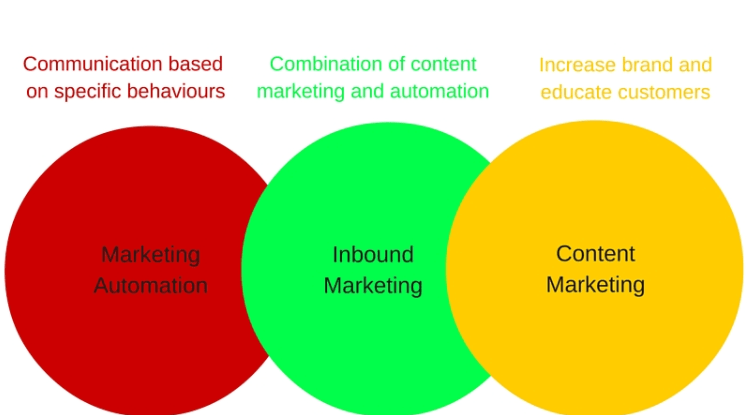

Marketing automation allows you to communicate with prospective clients at the appropriate time that will garner their attention. Combining this with content marketing which is all about the creation of high-value content will then provide awareness about your products to customers.
This will, in turn, provide a platform to keep the customers informed and engaged about what a business has to offer.
Therefore, the relationship between the company and the clients becomes fluid and less predictable- predictability which is a trait of traditional marketing.
Knowing Your Customer
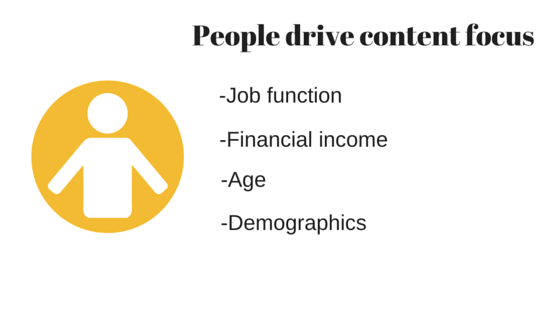

One great way to get to know your customers is via buyer personas as it provides you with an insight as to what your customers are expecting as well as their disposition towards the kind of services or products you offer. It is recommended that you create at least three or more buyer personas for your business.
Buyer personas help you to connect with your customers which will then provide you with what you need to create high-value content that they will not be able to do without or not get engaged with.
Your buyer personas should include:
- Demographic information
- Information on behavioral pattern
- History of the client
- Fears, weak points, and challenges
- Dreams, goals, and objectives
- Drivers and motivators
- Information channels
- Personality and interests
Once you know all these, you are then well-positioned to create the content your clients are looking for.
Content Creation


A comprehensive inbound marketing strategy will contain the content needed to convince the buyer of the value of a product or service during the stages of the buyer journey which are:
· Awareness
· Consideration and
· Decision
Content can come in many forms:
- Articles, blog posts, and newsfeeds
- Email campaigns
- Infographics
- eBooks
- White papers
- Surveys
- Top tips
- Checklists
- Buying guides
- Catalogues
For a fully integrated inbound campaign to work and provide the right results, your approach to content marketing needs to be dynamic with various parts as this will allow you to provide important and quality content to target customers.
Invariably, it allows you to generate awareness about your company brand and product. Once this is done, you can then be using it as the template to attract new customers and expand your business.
It is advised that you start with getting your marketing team to work on the creation of content while emphasizing messages, themes and content types that will most likely get the attention of your customers.
You need to understand the importance of content and there are two main ones: (1) it allows you to attract new customers and (2) it provides a platform for building a relationship with potential or existing customers. Newsfeed subscriptions, webinar registrations and gated content for eBooks, reports, and white papers are excellent opportunities to obtain accurate information about your clients.
Once your clients’ attention has been garnered and they have been convinced to share their data with you, the next thing to do is to utilize email marketing to build on that. All you have to do is to provide them with information about your brand and product which is where you march on.
Email Marketing
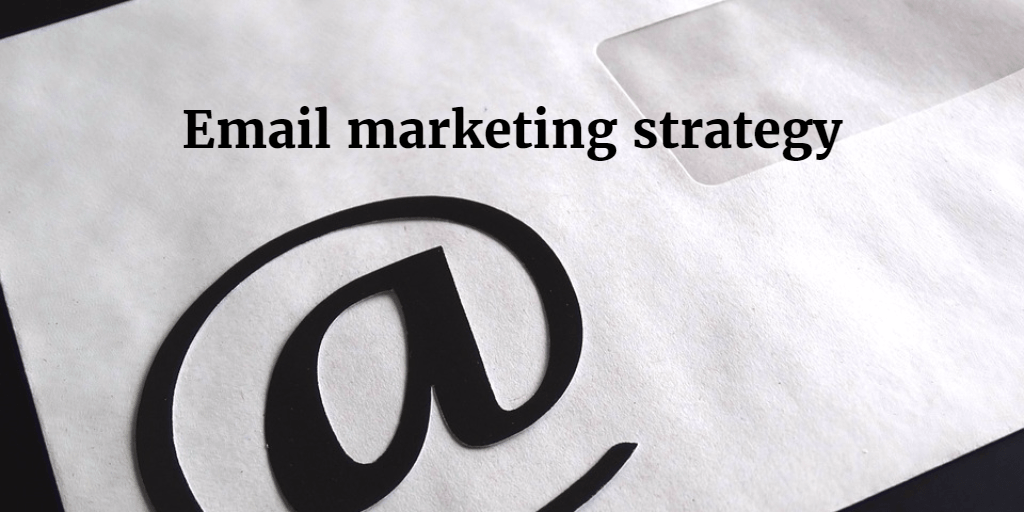

Inbound marketing is like a city with different parts all having connection with one another and revolving around a central point. So how do you get started with email marketing?
Simple actually; a client comes in through an eBook form fill after which you send them an email and then direct them to a blog or news article on the same subject.
On the other hand, it could be that they probably stumbled on a blog post and got interested; so all you do is just to encourage them to download the eBook with a simple but precise statement. The main idea is to be in touch regularly with your clients.
Email marketing is also an incredible means by which you can bring back old clients as you are able to remind people of your brand and provide them with updated information on what your product is about. It’s incredible because you do this without coming across as forceful or intrusive.
It can also be used to tweak people’s mind into making that decision about purchasing a particular product, maybe with something like a discount.
Email marketing provides timely and targeted communication platforms. This is because you are able to separate your customers into groups thus sending messages that fit each set of customers using certain criteria.
Furthermore, it allows you to stay in touch with your customers while monitoring their response and the level of attention your brand is generating. It is also cost-efficient thus allowing you to enjoy a tangible amount of profit.
Profiling & Segmentation


While email marketing may be the center of inbound marketing, it cannot bring in all the results alone because just as with all forms of marketing, the sum of the whole is greater than the sum of its parts. Thus, it should not be used in isolation but as a part of the whole setup.
To get maximum results from inbound marketing, you need to put into consideration all necessary factors such as contact interactions, web page fills, form fills and downloads, as well as the traffic source and lead scoring.
Most inbound marketing solutions will conveniently fit in with your CRM system, thus providing your sales teams with the necessary information about each client.
Another thing you can do to maximize your messages is to make use of lead management profiling and segmentation. For example, let’s say your client comes in looking for ‘blue heels’, the data you have on such an individual will let you know that such can still benefit from marketing messages on ‘red gowns’.
It’s better to always look to attract new customers because the cost of retaining an existing customer can sometimes outweigh the profit of keeping such a customer.
Lead Scoring
Every client that you have has a value to you and as such you need to deal with them in order of priority o as to get the most from your inbound marketing campaign. So just group them based on their level of interaction with your website, pages and content.
Distribute points and use that to build a peculiar scoring profile which can be based on how they relate to you as well as factors like place of work, location, the disposition to the kind of products you offer etc.
This will then allow you to determine the best way to present your products and services to them.
Integrated Inbound Marketing
Just like any form of marketing, inbound cannot be done alone but rather should be used in combination with your SEO, social and paid search activities.
There are many areas of overlap, from keyword lists that can feed into PPC ad campaigns and on-page content to full data attribution showing which areas of your integrated campaigns are engaging leads and driving conversion.
Attribution will allow you to know the channels that contribute immensely to the purchasing process as well as when your customers are most active, thus allowing you to have a complete idea of how your clients make their purchase. You just need to make sure you have all your ‘angles’ covered.
The Business Case for Inbound Marketing
If your business entails and utilizes technology, then, inbound marketing is perfect for you particularly if you are trying to generate awareness about a product that is complex and needs some sort of consultation before a sale is agreed upon.
Facts and findings have shown that 90% of B2B buyers will use the internet for information or product research at some stage in the buyer cycle, with 60% of the B2B buying process being completed before contact with a sales person.
Inbound is all about attracting better and quality traffic rather than just more traffic. Basically, it’s all about quality rather than quantity as such, It takes time and requires a long-term investment.
However, once you have taken the time to build out your buyer personas, created your content, and started to grow your list of leads from downloads and form fills, the benefits will come in thick and fast. Let’s take a look at some stats:
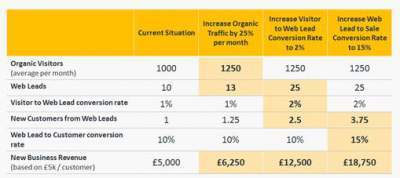

The above shows how inbound can impact your bottom line. Look what happens if we increase organic traffic by 25%, increase visitor to web lead conversion rate by 2% and increase web lead to sale conversion fate by 15%.
These three refinements in your marketing strategy could see your revenue increase by 375%! Now, do you see it’s all possible; just try it and see what happens.
Do you have an opinion on inbound marketing? Please leave your comments below

